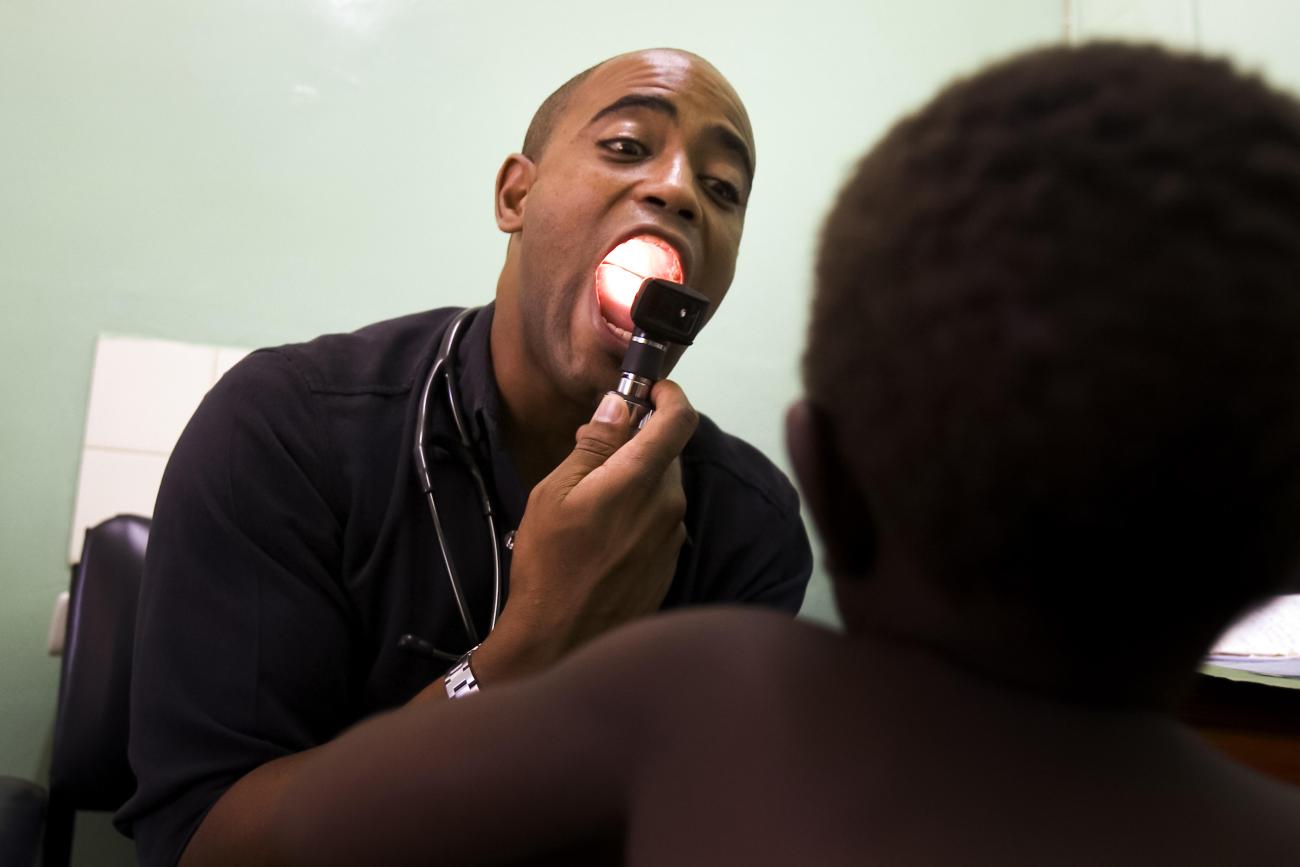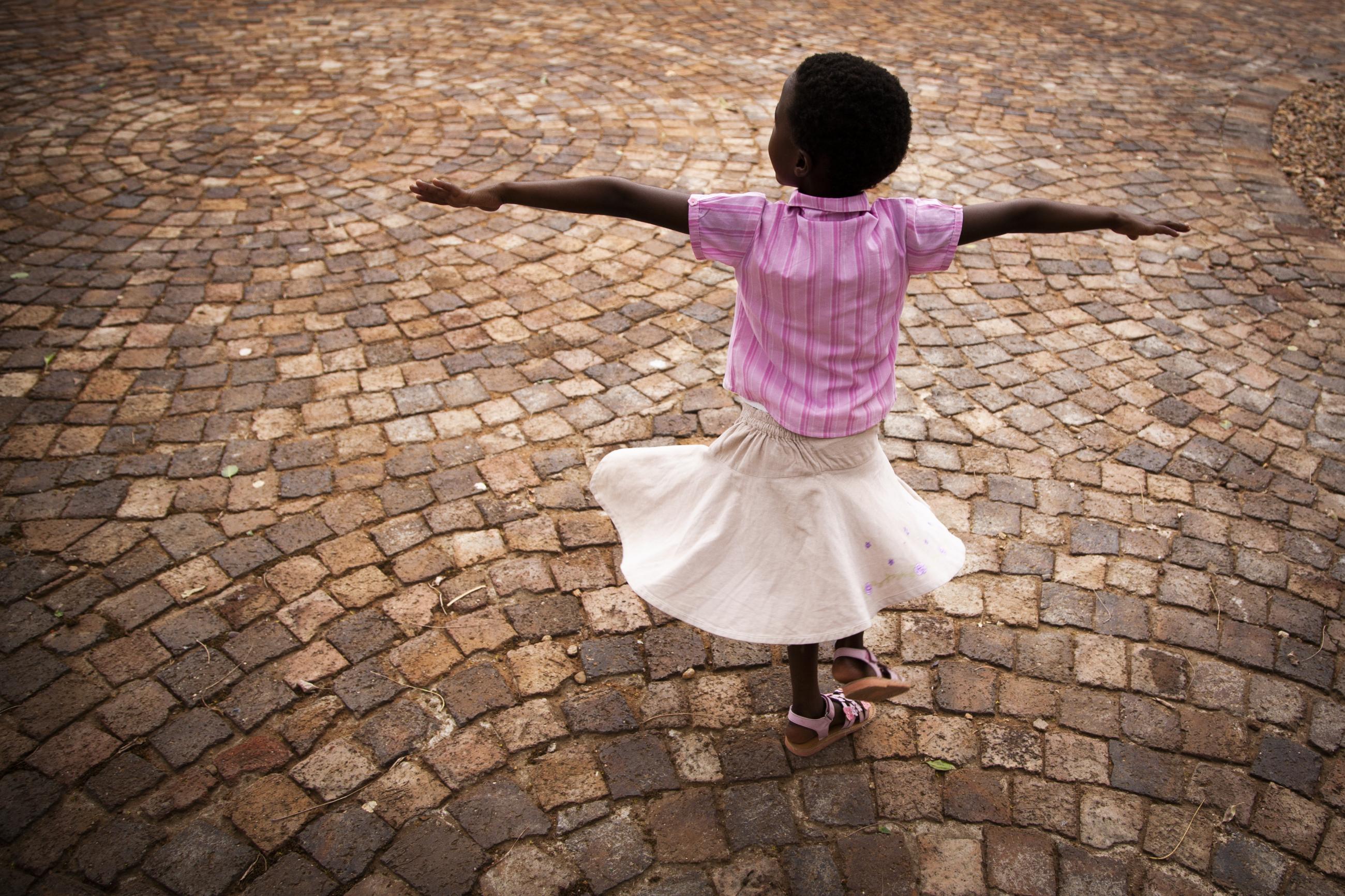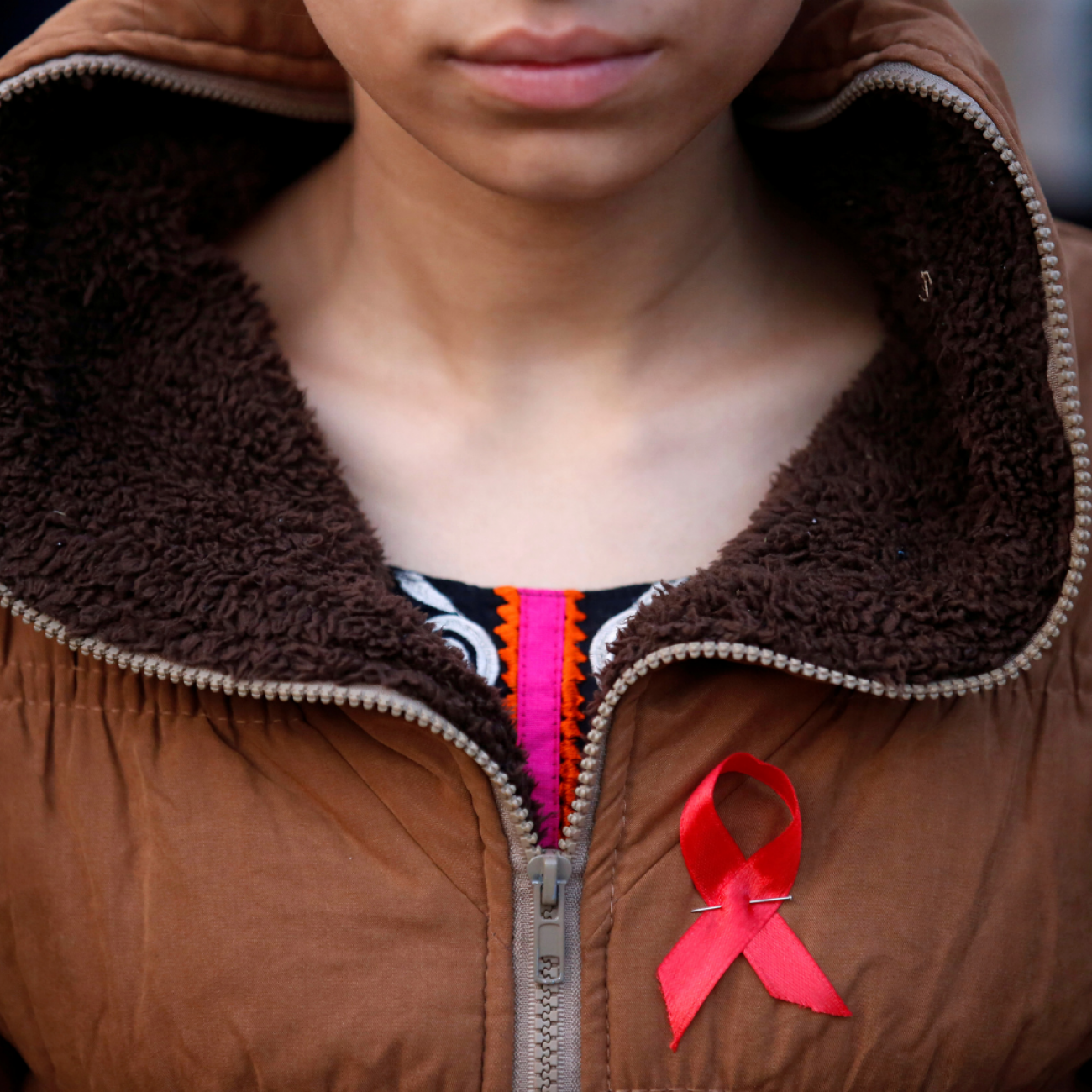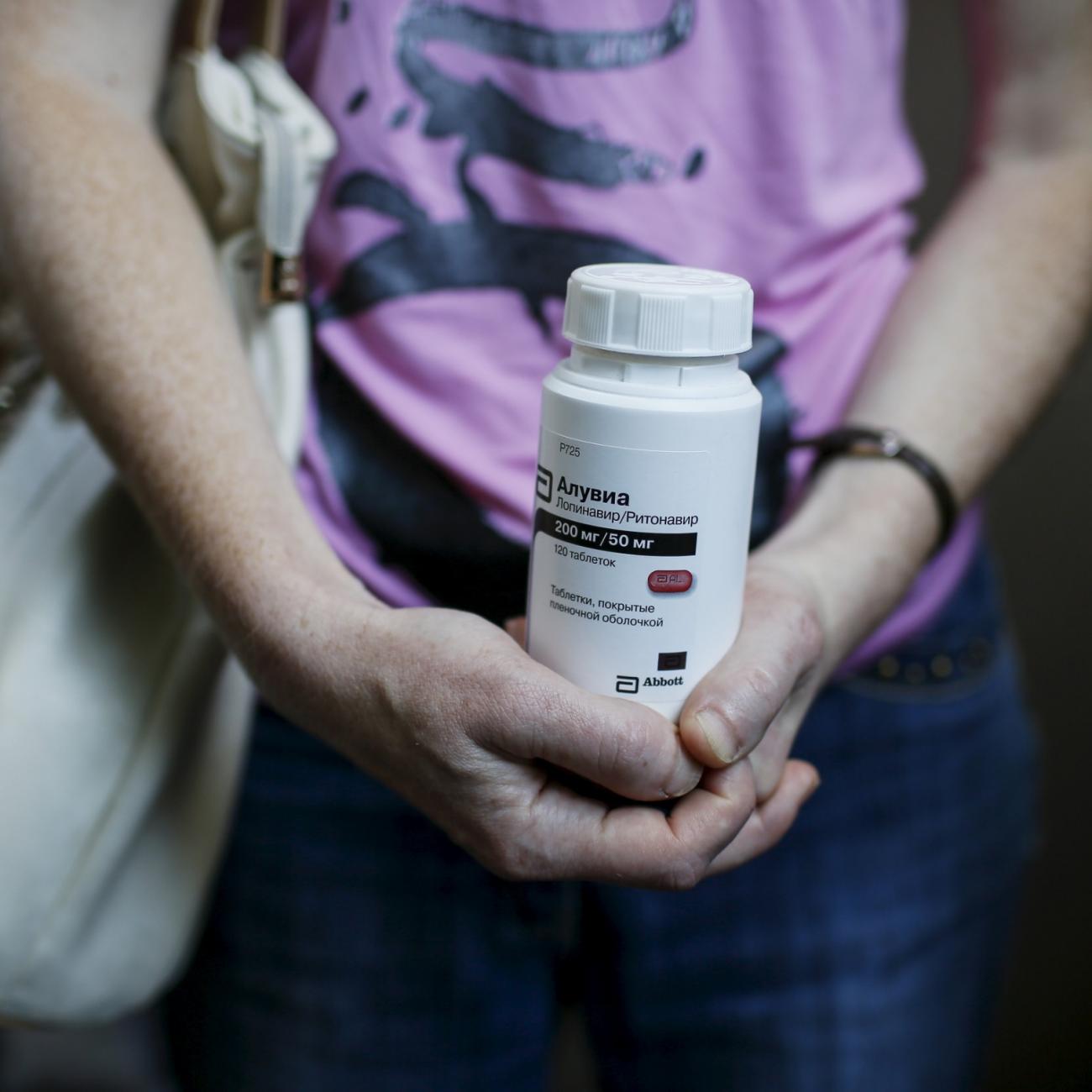December 1 is World AIDS Day. Knowing kids were deeply affected by the COVID-19 pandemic—including disruptions in education and routine vaccinations—we wanted to learn more about how things are going in the field of pediatric HIV/AIDS. So, we turned to Heather Haq, chief medical officer of the Baylor College of Medicine International Pediatric AIDS Initiative (BIPAI) at Texas Children’s Hospital, with some of our questions.
□ □ □ □ □ □ □ □ □ □ □ □ □ □ □
Think Global Health: What is the current state of pediatric HIV/AIDS in the United States and globally?
Heather Haq: In the United States, the number of pediatric HIV cases has decreased dramatically over the past decade, down from peak of about 2,000 infants born per year with HIV infection in 1992, which is when epidemic peaked in the United States. Current rates have been less than 200 new infants infected with HIV per year. We’ve made tremendous progress in decreasing the number of children born with HIV in the United States over these decades. There is still a lot of work to do to get that number closer to zero and to continue to support policies that address the unique needs of this population of children living with HIV in the United States.
In contrast, globally, pediatric HIV still remains a really significant issue. Globally, there were 310,000 newly infected children last year, adding to the total number of young people living with HIV globally of 2.7 million.
Think Global Health: How does pediatric HIV/AIDS look now compared to the 1990s?
Heather Haq: We’ve certainly seen improvements in child survival and the reduction of mother-to-child transmission of HIV which remains the major cause of pediatric infections globally.
Globally, there were 310,000 children newly infected with HIV last year
The landscape for HIV treatment has also changed drastically over the last couple of decades. There has been a big movement to expand access to life-saving antiretroviral therapy globally, and to expand it in an equitable manner so that people across the globe have access to it. And also, to expand that treatment to children. Initially, HIV treatment programs were more focused on adults and there is still a significant treatment gap between children and adults.
Globally the percentage of children living with HIV who are accessing life-saving antiretroviral therapy is at 52 percent coverage; in contrast, the percentage of adults living with HIV is at 76 percent coverage. So, there’s this inequity in access to treatment between children and adults.
Think Global Health: What is that inequity in access to HIV treatment about?
Heather Haq: A lot of it has to do with identifying children who are infected with HIV in a timely manner. And also, then access to treatment—including treatment that is pediatric focused.
There are definitely some nuances to treatment between children and adults. It is the same class of medication that those groups are accessing—antiretroviral therapy—but the doses, the formulations, the regimens differ depending on age, weight, and other factors, such as other comorbidities.
There’s inequitable access to new technologies and HIV treatment across the globe. We’ve got new drug technologies that are coming out and are starting to be available in high-income countries, including the United States, that may be easier formulations, easier dosing schedules, less side effects, greater tolerability, and that have not yet equitably been distributed across the globe.
Think Global Health: Are you seeing any shifting trends in pediatric HIV since the start of COVID?
Heather Haq: Over last three years—partly related to the colliding COVID pandemic as well as other global factors—we’ve seen stagnation globally in the progress of preventing new infections in children and also in getting children living with HIV onto treatment. We’ve been seeing that progress stall out. It’s quite alarming and it has also widened the gap in treatment between children and adults.

We know that COVID disrupted access to care for a lot of childhood diseases including HIV. Not just COVID, but a lot related impacts of the COVID pandemic like COVID mitigation measures caused greater economic vulnerability in many areas of the globe. We are also seeing widening inequities generally within countries—for example, more people driven further into poverty. All of those factors made it difficult to continue to make progress in a lot of areas of child health and we’ve certainly seen that in the HIV sector. But we also have great examples of programming that has continued to deliver excellent clinical services to children, adolescents, and families living with HIV throughout the pandemic.
But looking at the big picture, there’s unprecedented stagnation and it’s an alarming trend.
Think Global Health: Are there certain parts of the world you’re most concerned about?
Heather Haq: The worst numbers are in eastern and southern Africa. But other areas across the globe—Asia and the Pacific, and Latin America—have also experienced some drops in treatment coverage and prevention activities in the context of COVID-related disruptions to services.
Think Global Health: What, specifically, are COVID-linked disruptions that could affect children?
Heather Haq: Caregivers may be sick and dying from COVID, and then are unable to take their infants, children, and adolescents for HIV treatment. Indirect disruptions due to COVID include school closures, gaps in transportation, and some families falling further into poverty making it more difficult to access care. At the height of COVID lockdowns, some patients may have experienced trouble physically getting into HIV treatment centers in some areas of the globe.
Think Global Health: Did COVID spur any innovations—new models of delivery of HIV care?
Heather Haq: It spurred new service delivery models that sprung up in response to pandemic-related challenges, many of which are actually more patient centered and more patient friendly. Some patients were able to access treatment closer to home or receive longer prescriptions without having to return to the clinic as frequently. And some of those innovations are here to stay as we work to address some of the treatment gaps that we’ve seen.
I can give some examples from the work that BIPAI does in some of our sites in sub-Saharan Africa [BIPAI has nine locations globally across Africa, South America, and Eastern Europe]. This included moving to a multi-month dispensing model where patients were able to receive several months' worth of medication instead of coming back on a monthly basis, for patients for whom it was deemed safe to do so. It might also look like delivering antiretroviral drugs to the communities and having community access points rather than having everybody come into a centralized clinic site.
Botswana is on track to virtually eliminate mother-to-child transmission
It might mean sending motorcycle drivers deep into the communities to deliver medications when there were challenges coming in for care.
Think Global Health: What are some of the prevention and education efforts happening at BIPAI now to reduce transmission in children across the world, and do those efforts vary country to country?
Heather Haq: Prevention is a big part of what we do. When we look at preventing new pediatric infections, a lot of it is focused on diagnosing pregnant women so that they know their HIV status. And for those who are infected with HIV, getting them onto treatment during pregnancy to reduce the risk of transmission from mother to child
I want to share one success story from Botswana. Since 2003, BIPAI and Texas Children’s Global Health, has supported a long-standing partnership between the Botswana Ministry of Health and Wellness and the Botswana Baylor Children’s Clinical Center of Excellence as part of a public-private partnership to addrress pediatric HIV. Botswana had one of the highest rates of adult HIV prevalence in the world with over 30 percent prevalence rate of HIV in the early years of epidemic and they’ve made tremendous progress in overall epidemic control.
Last year, Botswana was the first high-burden HIV country to be certified by the World Health Organization for achieving a key milestone in the elimination of mother-to-child transmission. Botswana is on track to virtually eliminate mother-to-child transmission. BIPAI and Texas Children's Global Health is extremely proud of the work of our colleagues in Botswana and the role we’ve played in this partnership
Thank Global Health: What does that achievement look like at the ground level—getting to all of those pregnant women?
Heather Haq: We’re really working in partnership closely with the Ministry of Health and Wellness in Botswana. These gains are happening at the antenatal care centers throughout the country. It really starts with getting women enrolled in antenatal care and getting them access to HIV testing. Then, for those who are found to be infected, getting them started on treatment during pregnancy, and retaining them in antenatal care reduces the risk of transmission from mother to child. Without treatment, the chance of a mother living with HIV passing the virus vertically to her infant is 25 to 40 percent. With optimum care, this risk can be be reduced to less than 1 percent. If a mother’s HIV viral load is at an undetectable level, then the chances of passing the virus on to the baby are very slim—less than 0.1 percent.
Thank Global Health: For World AIDS Day, what hope do you hold for the future of HIV in little ones?
Heather Haq: The hope is that we can have an AIDS-free generation in the future and that we can provide the best care to children, adolescents, and adults who are living with HIV, so it is a chronic manageable illness. And that we can also to ensure that people living with HIV have dignity and that we continue to work to adjust stigma and discrimination that many of them are facing. It’s going to require some political will. Redoubling down on strategies that we know work and really working to gain some of the losses we’ve experienced during the COVID pandemic. Recommit and expand strategies that we know are already working.







